Description
The Elberta peach tree is one of the most common varieties and is native to the southern United States. It was first introduced in Georgia in 1875 by Samuel Rumph, and he named the tree “Elberta” in honor of his wife, Clara Elberta Moore.
The Elberta peach tree produces large, red, and yellow peaches late in the summer after 3 to 4 years of its growth. The tree can reach heights of up to 15 to 25 feet with a spread of 15 to 20 feet when it is fully mature, and it can grow up to 3 feet a year. In the spring, dark pink to purple flowers begin to bloom, and can later produce up to 150 pounds of peaches in a single season.
The Elberta peach tree grows best in USDA hardiness 6 through 9 as it prefers warm and moist climates. Living in between the extremes of hot and cold environments is perfect for the Elberta peach trees. Areas with dry climates may hinder the growth of the tree as well as they are not drought tolerant.
Elberta Peach Care
The Elberta peach tree needs an average of 6 hours of sunlight every day, especially when they are young. Since it has such a large spread, you must plant it away from buildings to let the roots fully grow. Although the Elberta peach tree is self-fertile, it can be helpful to plant a second tree near it to produce more fruit.
The Elberta peach tree should be pruned every year in early spring by using pruning shears or another sharp object. Since the tree produces fruit on the previous year’s branches, removing half of the new growth and shortening the remaining branches by a quarter of the length can allow space for limbs to grow without hindering the success of the harvesting season. You should also prune out weak, short, and leggy branches.
To propagate the peach tree, “grafting” can be done by taking cuttings from a branch with plenty of leaves. Strip the lowest two sets of leaves; at this point, you can optionally dip it in rooting hormone. Place the cutting standing up in a pot, and cover it with a clear bag to keep the moisture in and protect it from direct sun. The soil should be kept moist.
Elberta Peach Fruit and Harvesting
You can consume Elberta peaches in an infinite number of ways. You can bake them in pies and cobblers, boiled, sauteed, canned, eaten raw, and much more. The peaches are ready to be harvested from late July to early August, but this may be pushed back 4 to 6 weeks later in cold climates. Sometimes, the peaches are not ripe straight off the branch and may need time to ripen once picked. When it is fully ripe, Elberta peaches can produce about one-third of a cup of juice.
When the Elberta peach is ripened, its skin will no longer be green; it will have a red and yellow color and will be soft to the touch. The fruit will be slightly softened while still holding a bit of firmness, and the flesh will be sweet and aromatic. To harvest the fruit, do not pull it off of the branch. This can cause damage to the limb and may prevent it from fruiting in the future. Instead, to harvest the Elberta peaches, twist the fruit at an angle or use a sharp object such as a knife or scissors.
Elberta Peach Advice
Elberta peach trees need plenty of moisture in their environment, and they are not drought tolerant. This means that they should be watered at least two to three times a week and even more often during the summer heat. The Elberta peach trees need to be planted in soil that is well-drained but can hold a bit of moisture, and it is not particular about the type of dirt.
Since the Elberta peach tree is self-fertilizing, it may not be necessary to use soil or liquid. Planting another peach tree of any variety can promote the growth and fruition of the Elberta peach tree. If needed, a peach tree fertilizer can be used twice a year– once in the early spring and again in late spring or early summer.
Elberta peach trees, much like many other fruit trees, are susceptible to attacks from pests. Aphids, stink bugs, fruit moths, and leafrollers can all damage the plant and cause leaves to roll, skeletonize, and fall off, sap to leak from the stem, create tunnels throughout the plant, and eventually kill it. However, there are many natural ways to prevent pests from destroying an Elberta peach tree.

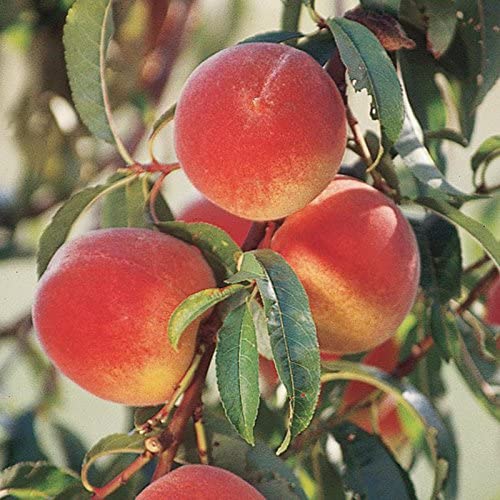
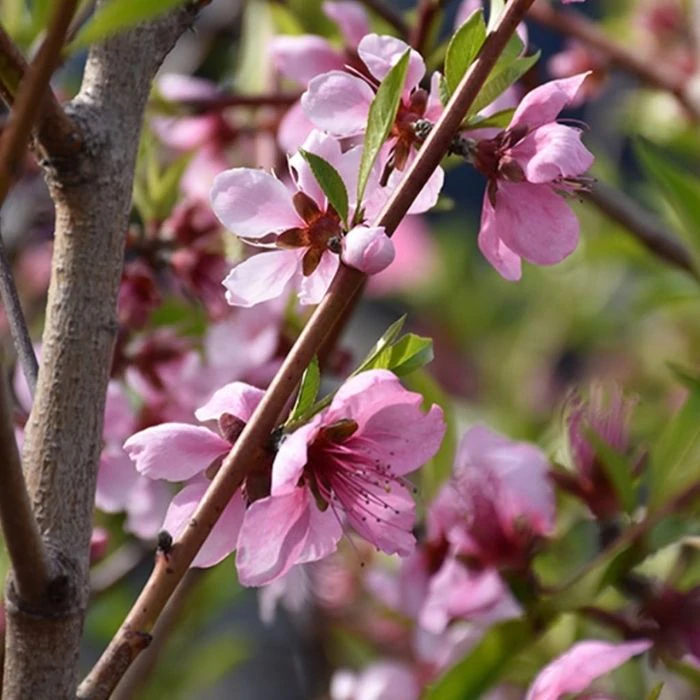
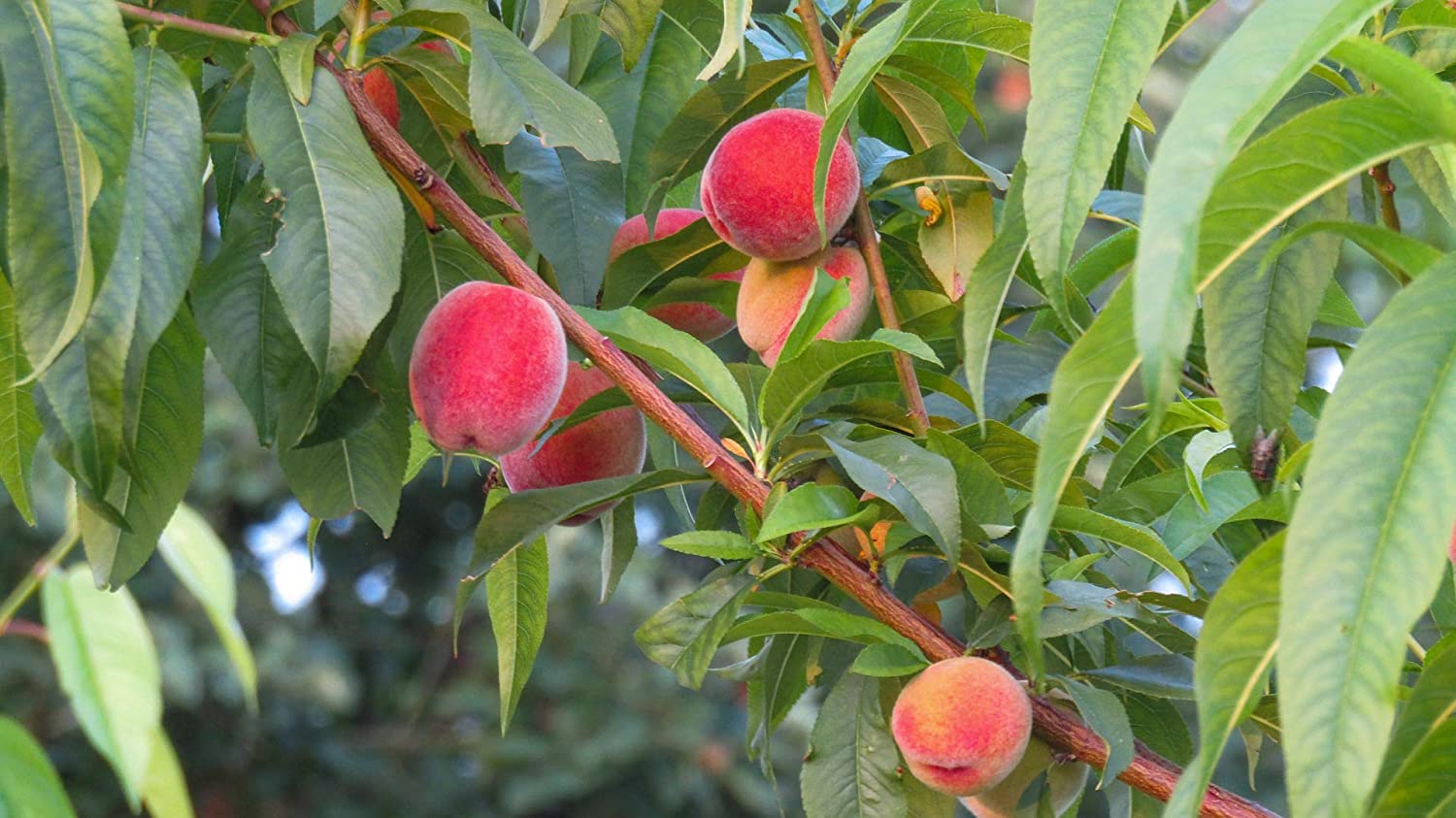
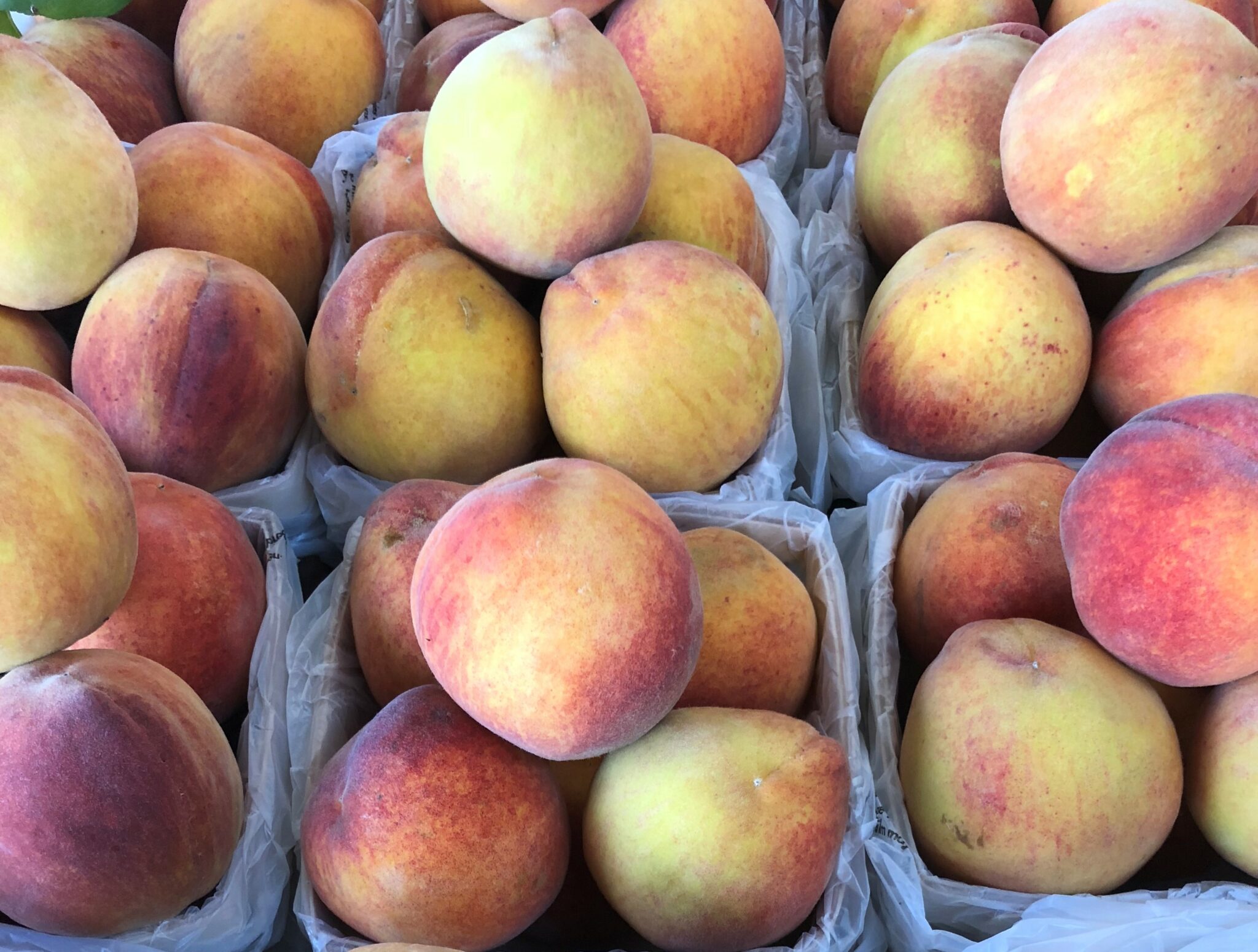
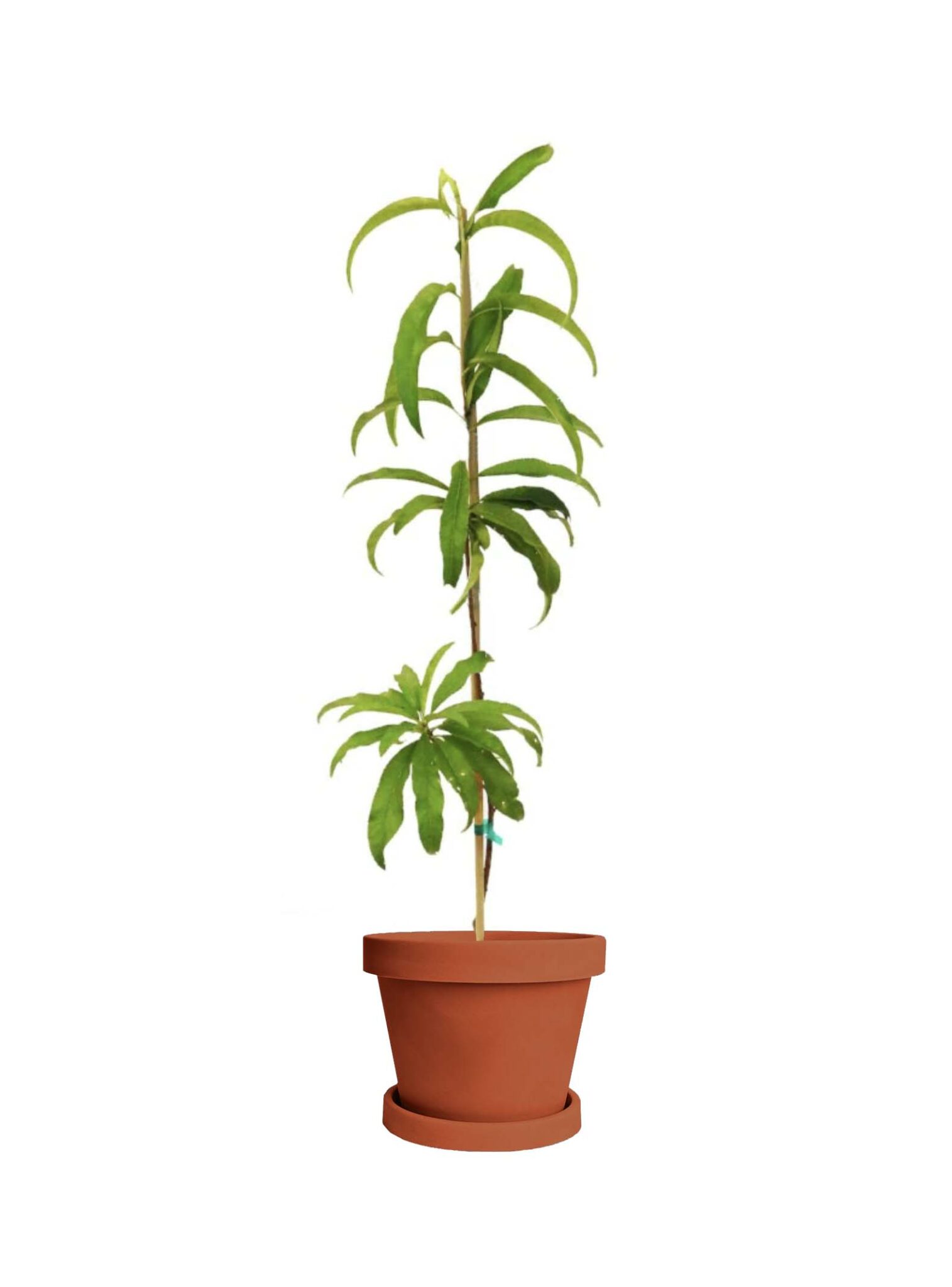
What others are saying
There are no contributions yet.